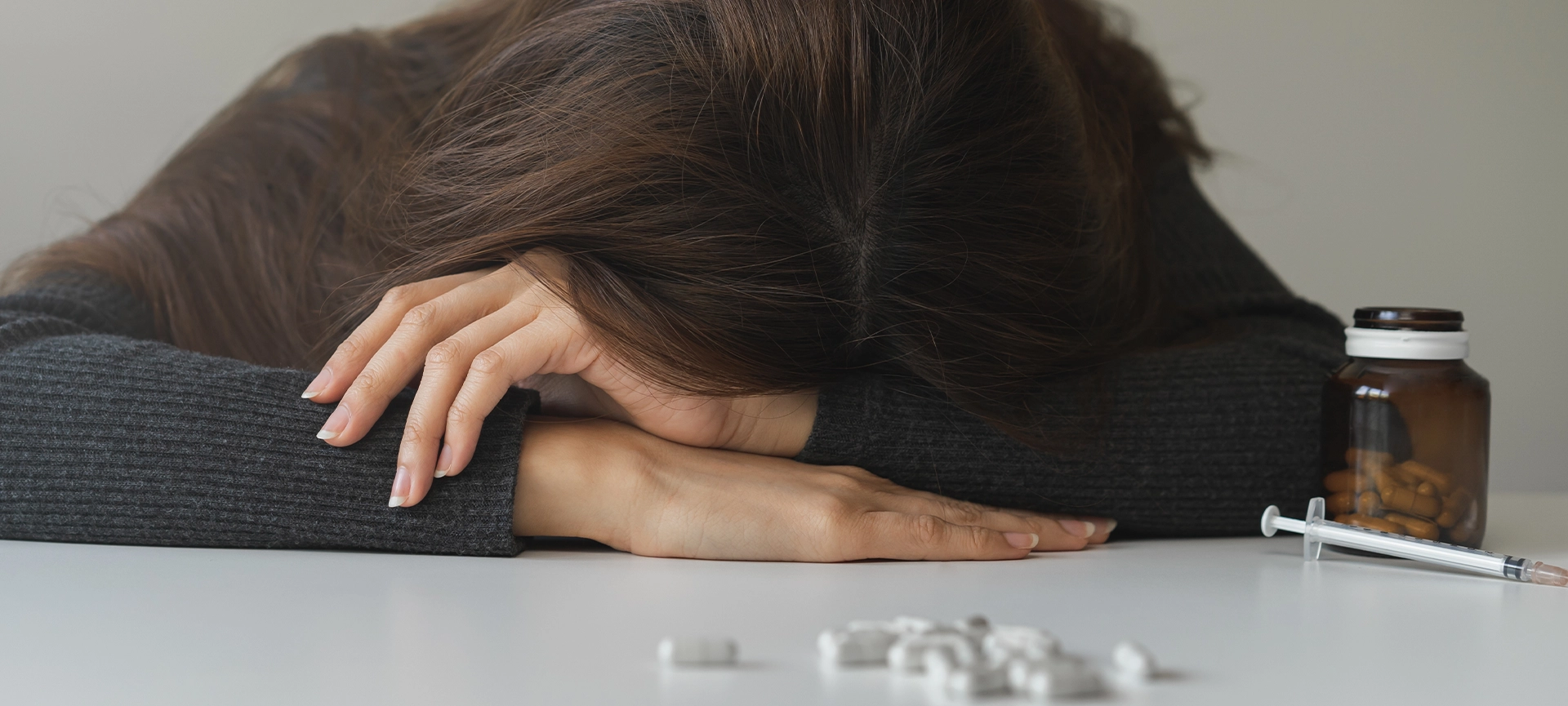Detoxification from Opioid Abuse
Detoxification from opioid abuse is a critical and often the first step toward recovery for those struggling with opioid addiction. Opioid addiction, involving substances such as heroin, prescription painkillers and synthetic opioids like fentanyl, has reached alarming rates, affecting individuals and communities worldwide.
The process of detoxification, while necessary, can be challenging due to the intense withdrawal symptoms associated with opioid cessation. If you want to begin your recovery journey from opioid abuse, it’s important to know what opioid withdrawal looks like.
This article discusses detoxification from opioid abuse, unravelling what happens during opioid detox and its benefits.
How Opioid Detox Works
Opioid detoxification, commonly referred to as opioid detox, is the process of safely removing opioids from the body while managing withdrawal symptoms. You can undergo opioid detox c in various settings, including inpatient facilities, outpatient clinics, and at home under medical supervision.
Here’s an overview of how detoxification from opioid abuse works:
Assessment
Before beginning detox, you will undergo a comprehensive assessment to evaluate your opioid use history, overall health, and any co-occurring medical or mental health conditions. This assessment helps determine the appropriate detox approach and level of care you need.
Related Article: The Crucial Role of Clinical Supervision in Drug Addiction Recovery
Medical Supervision
Opioid detox must be under medical supervision to ensure your safety and well-being. Healthcare professionals, such as doctors, nurses, and addiction specialists, closely monitor the detox process and provide necessary medical intervention and support.
Stabilization
The first step in opioid detox is often stabilization, which involves managing withdrawal symptoms to keep you as comfortable and safe as possible. They may administer medications to alleviate symptoms such as nausea, vomiting, diarrhea, muscle aches, anxiety, and insomnia. Common medications used for opioid detox include methadone, buprenorphine, and clonidine.
Tapering
In some cases, the healthcare professional may implement a gradual tapering schedule where the dose of opioids is gradually reduced over time to minimize withdrawal symptoms. Tapering helps your body adjust to decreasing opioid levels and reduces the severity of withdrawal symptoms.
Monitoring and Assessment
Throughout the detox process, healthcare providers continually monitor your progress, vital signs, and withdrawal symptoms. Based on your response and clinical status, they adjust your treatment plan or medication doses.
Transition to Further Treatment
Opioid detox is often the first step in the recovery journey from opioid addiction. After completing detoxification, you transition to further opioid detox programs, such as residential or outpatient rehabilitation programs, counselling, support groups, and ongoing medication-assisted treatment (MAT).
Medication-Assisted Treatment (MAT)
Medication-assisted treatment is a highly effective approach for opioid detoxification, combining medications with counselling and behavioural therapies. MAT can significantly reduce the risk of relapse and help you to regain control over your life. Common MAT medications used in opioid addiction rehab include:
- Methadone: A long-acting opioid agonist that reduces cravings and withdrawal symptoms without producing the high associated with opioid abuse.
- Buprenorphine: A partial opioid agonist that relieves cravings and withdrawal symptoms with a lower risk of abuse, dependence, and side effects than methadone.
- Naltrexone: A medication that blocks the effects of opioids at the receptor level, reducing cravings and preventing relapse.
Opioid Withdrawal Symptoms
Opioid withdrawal symptoms can range from mild to severe, depending on the duration of use, the amount of substance used, and the type of opioid. Symptoms typically begin within a few hours to a few days after the last opioid use and may include:
- Muscle aches and pains
- Restlessness and insomnia
- Anxiety and irritability
- Sweating and fever
- Gastrointestinal distress, such as nausea, vomiting, and diarrhea
- Rapid heartbeat and high blood pressure
- Intense cravings for opioids
These symptoms, while not typically life-threatening, can be extremely uncomfortable and challenging to endure without medical support.
Benefits of Opioid Detox
When you undergo detoxification from opioid abuse with proper medical supervision, there are several benefits it offers. Here are some of the key benefits:
- Safe Withdrawal: Opioid detox provides a structured and supervised environment for you to withdraw from opioids safely.
- Reduced Risk of Medical Complications: Various medical complications, such as dehydration, electrolyte imbalances, and cardiac issues, accompany opioid withdrawal. Under medical supervision, these risks are minimized, and healthcare providers can intervene promptly if any complications arise.
- Increased Comfort: Medications administered during opioid detox help alleviate withdrawal symptoms, making the process more comfortable if you’re undergoing detoxification.
- Shortened Duration of Withdrawal: Medication-assisted detoxification can help shorten the duration of withdrawal symptoms and facilitate a smoother transition to opioids. This can reduce the overall discomfort associated with withdrawal and expedite the detox process.
- Increased Motivation for Recovery: Completing an opioid detox can boost your confidence and motivation to continue with your recovery journey. Experiencing relief from withdrawal symptoms and regaining clarity of mind can inspire you to commit to long-term sobriety and recovery goals.
- Enhanced Physical Health: Opioid detoxification allows the body to rid itself of opioids and their toxic effects, promoting overall physical health and well-being. By breaking free from opioid dependence, you can experience improvements in energy levels, appetite, sleep quality, and other aspects of physical health.
Related Article: What is Medication-Assisted Treatment for Addiction?
Opt for the Best Opioid Detox Programs in Toronto
Detoxification from opioid abuse is a crucial step toward recovery, offering you a chance to break free from the cycle of addiction. While the detox process can be challenging, advances in medication-assisted treatment and comprehensive care strategies have made it more manageable and effective than ever before.
With the right support and treatment, recovery from opioid addiction is possible, opening the door to a healthier and more fulfilling life. Also, addressing the underlying causes of addiction and building a supportive network are all critical components of a successful treatment plan.





